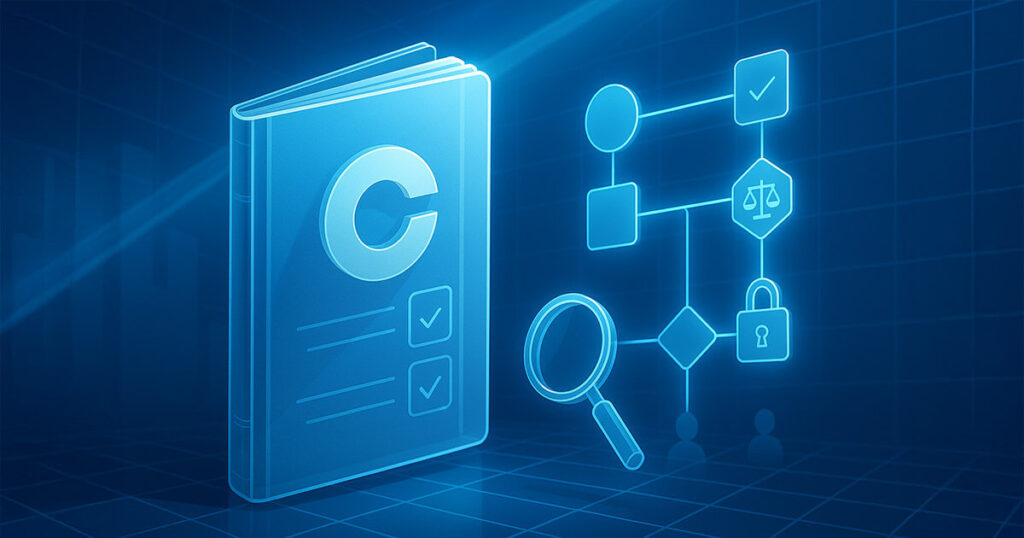Brian Armstrong, CEO of Coinbase, the third largest cryptographic exchange in the world, published the token listing process on Saturday. In an X publication, Armstrong said the movement aims to strengthen the transparency of the coinbase listing process. He wrote:
“… the listings are free and merit -based. Each asset is evaluated with the same standards.”
How the chips are listed in Coinbase
According to the blog post entitled ‘A guide for the process of listing digital assets in Coinbase,’ there are five key steps:
The first step implies sending a request. Project developers have to fill an online questionnaire that requests key information, from white and tokenomic documents to a history of the equipment and source code.
According to the presentation, Coinbase evaluates commercial factors, including market demand, community traction and technical requirements to integrate it with exchange.
The application then goes through an exhaustive review process by the legal, compliance and technical security equipment of Coinbase. From the legal perspective, Coinbase analyzes mainly if a token could be considered security.
The exchange also investigates the activity in the Token chain and the distribution of tokens to avoid the consumer safety risks and financial crimes.
In addition, the exchange also executes a security verification for technical vulnerabilities by reviewing the contract code, design and operational risks. In the case of new block chains, Coinbase evaluates aspects such as technical design, consensus mechanism, network resilience and governance model.
The exchange keeps the emitters of tokens informed of the review process by email or telephone calls. Once the Token is approved by the central review equipment, it begins to quote in coinbase once the complete exchange of technical integration.
The notes of the blog post:
“Our [listing] The process is exhaustive because our standards are designed to protect customers, support healthy markets and provide projects with the most solid possible basis for long -term success. “
Tokens and deployment list
In general, Coinbase takes approximately one week to carry out the due diligence of a token. Once the Token is approved, the exchange takes about two weeks for technical integration to enable trade.
The post pointed out that, in general, the exchange has been less than 30 days from the review to the list of list A. However, the timeline can be significantly shorter or longer, according to factors such as the complexity of the Token, if its network is compatible, the response capacity of the project equipment and the time it takes to complete the technical requirements for trade and custody.
In addition, the priority and schedule of the list also depend on the coinbase evaluation of the demand of the token, the traction between the headlines, the community feeling and the record of the team of the team.
Coinbase also ensures that after a token is approved for the list, it is gradually implemented. First, Coinbase allows users to deposit only tokens to generate liquidity.
Then, limit orders are collected for at least 10 minutes to determine an indicative opening price for the token. The auction concludes with a matching trade or an opening appointment in case of not coinciding.
This is followed by the state of negotiation, where the Token can begin with only limit orders or complete operations.
Common obstacles and reasons for the delay of the tokens list
There are three main problems that contribute to the delay in the list of a Token.
First, the regulatory risk profile of a project increases if its public statements do not clearly indicate the purpose, government rights and the use of real world. The projects that claim that their Token is “going to the moon” without evidence to support the claim, for example, face challenges with the list of their token in Coinbase.
Secondly, from Blockchain’s security perspective, Coinbase evaluates the degree of centralization and unique control points to assess the risk.
Finally, projects that send incomplete requests face delays in the review process. Not informing Coinbase of any important change in the project during the review can also cause delays.

